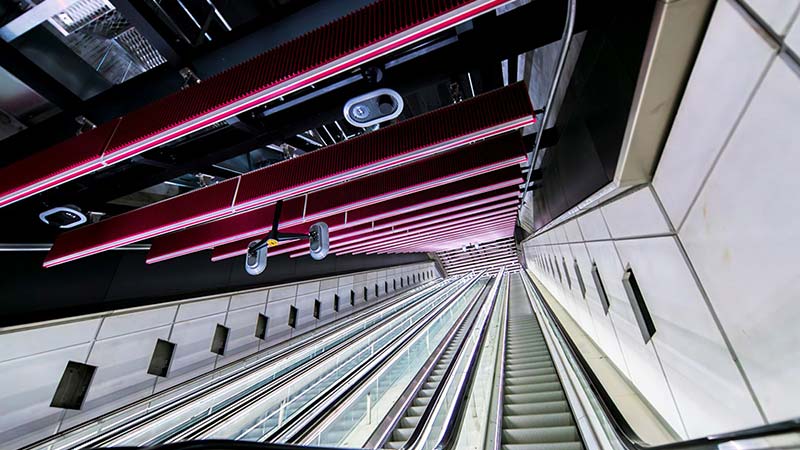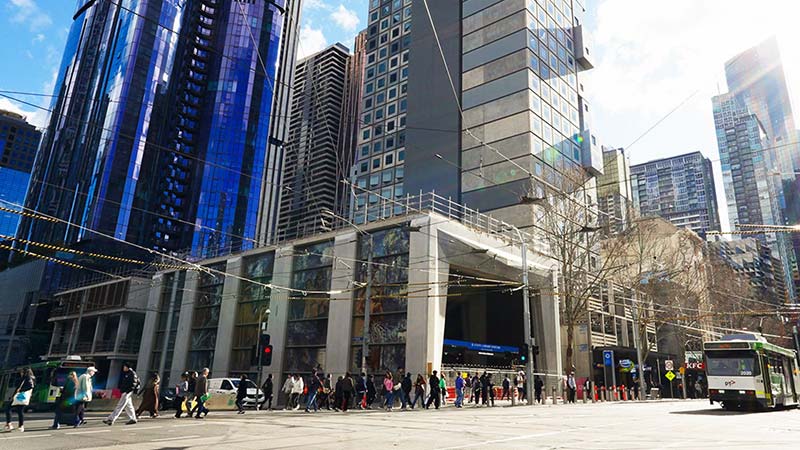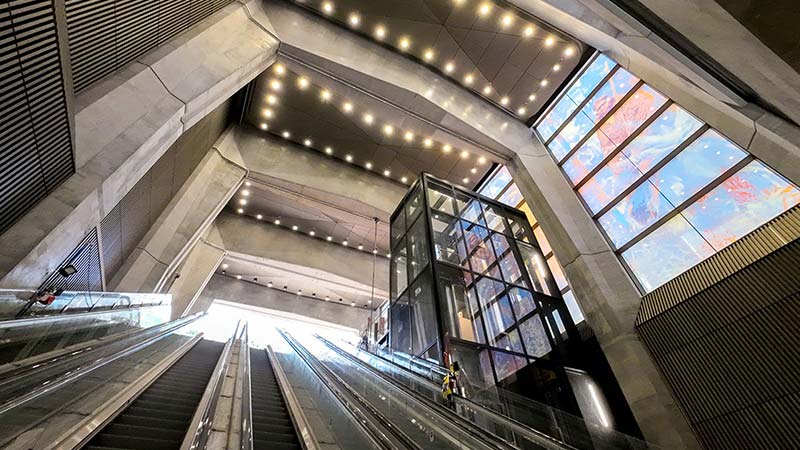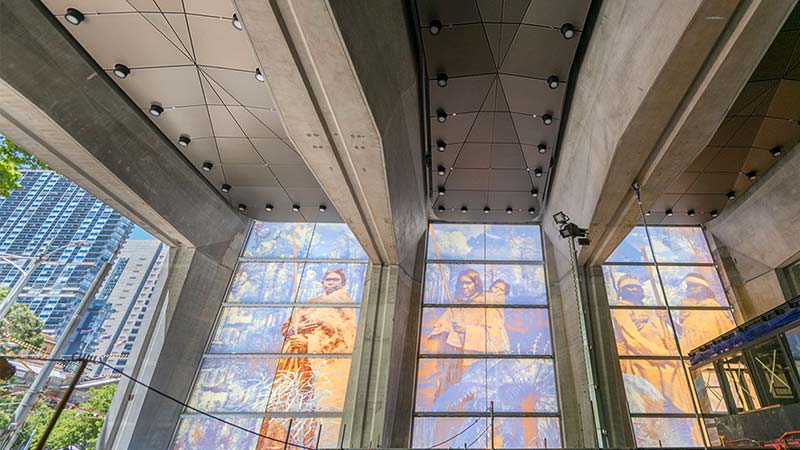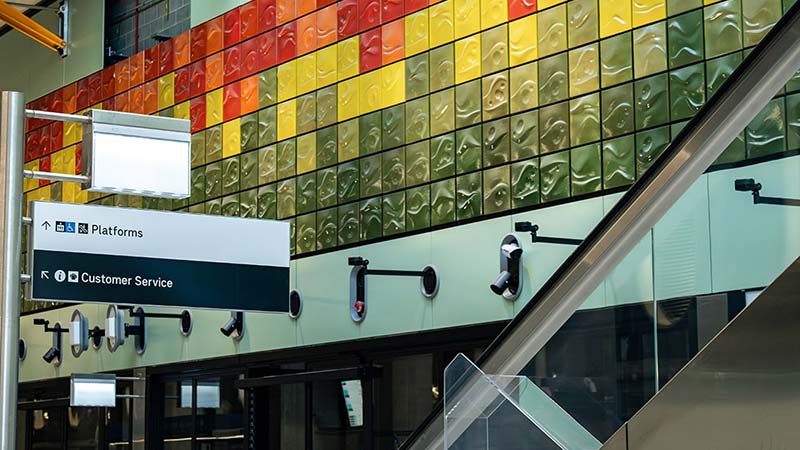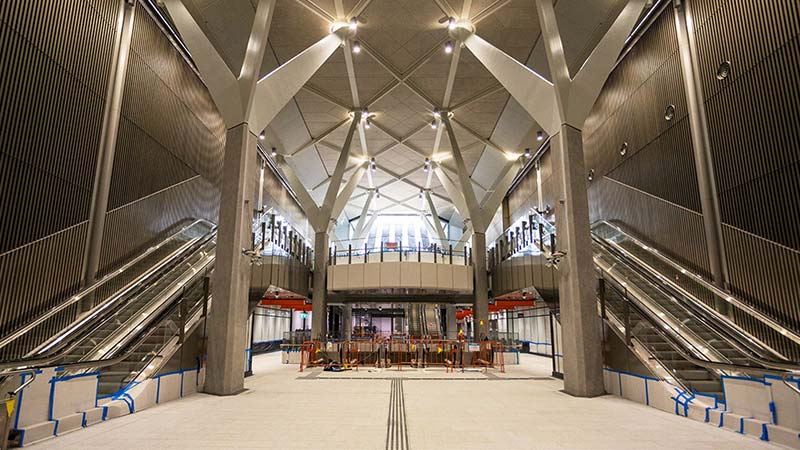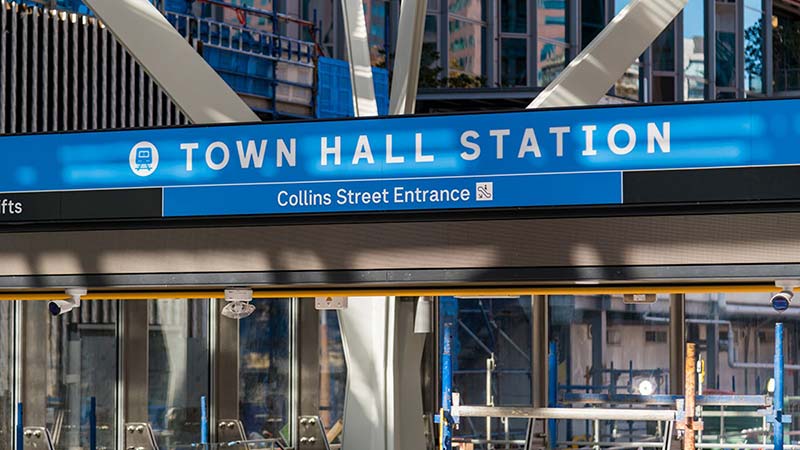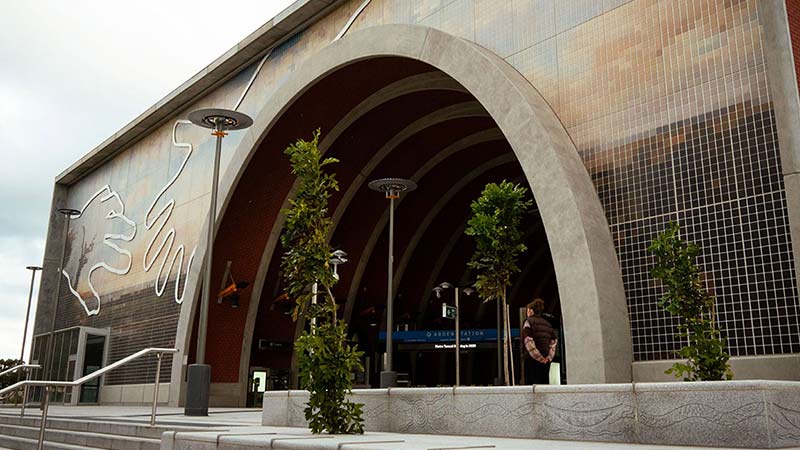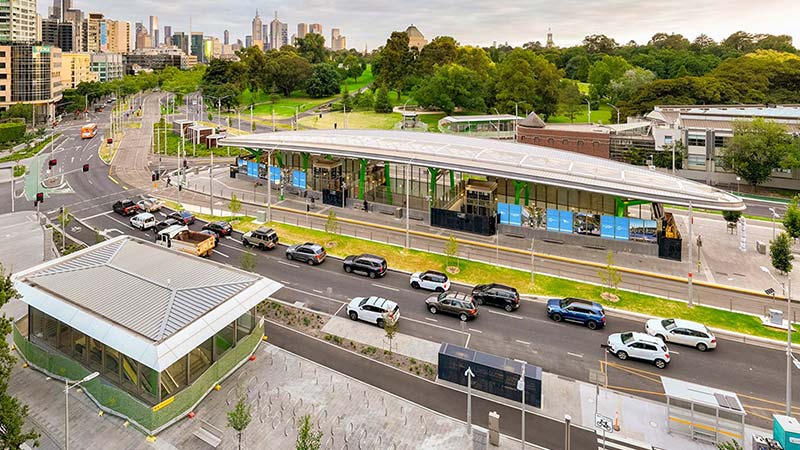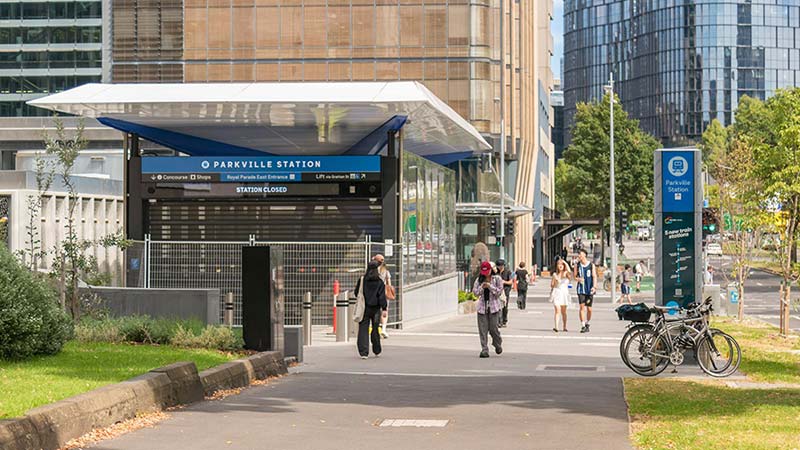State Library Station Wraps $15.5bn Metro Tunnel Build

State Library Station has become the final underground station of the Melbourne Metro Tunnel project, completing the biggest transformation of the city’s rail network in more than 40 years.
The tunnel will link Footscray and Malvern, connecting the Sunbury Line to the Cranbourne and Pakenham lines through five new underground stations.
Transport infrastructure minister Gabrielle Williams described the stations as “spectacular” with architecture that “will become an iconic part of Melbourne’s landscape”.
State Library Station is 42m below Swanston Street and is the deepest point of the $15.5-billion cross-city rail infrastructure development.
The station includes platforms built to eventually accommodate 10-car trains. They are 220m long and 18m wide, making them among the widest underground metro platforms in the world.
The station’s main entrance, at the corner of La Trobe and Swanston streets, incorporates 12 columns topped with 70-tonne, 18m beams, reflecting the classical architecture of the nearby State Library of Victoria. A second entrance is on Franklin Street.
Hassell, Weston Williamson and Partners, and Rogers Stirk Harbour and Partners designed the station, which includes 27 escalators and a 10m-high arched ceiling above the platforms with chandeliers, creating a cathedral-like atmosphere.
Construction crews used keyhole techniques, lowering materials through shafts while maintaining street-level traffic flow above.
Trams continued running on Swanston Street directly above construction, while City Loop trains operated just 1.5m above the construction site during works.
The station provides direct access to RMIT University, Queen Victoria Market and the State Library of Victoria.
A shared concourse with the Melbourne Central Station allows underground transfers via “cavernous” concrete passageways between Metro Tunnel and City Loop services without requiring passengers to tap off.
Construction on the State Library Station began in 2017. The tunnel will open a year ahead of the original schedule, completing a project first proposed in 2008.
Williams said there would be “more than 240 extra services a week during the Summer Start for passengers along the Cranbourne, Pakenham and Sunbury corridor—all running through the Metro Tunnel—in addition to existing services”.
Services through the tunnel will operate every 20 minutes from early December. The government plans to introduce a comprehensive timetable in February, integrating more than 1000 new weekly services.
The Metro Tunnel’s four other stations (pictured above) completed construction ahead of State Library Station.
Arden Station at North Melbourne was completed in January of 2024 and will serve a new employment and innovation precinct planned for thousands of jobs and residential units.
Parkville Station, completed in May 2024, provides access to Melbourne’s health and education precinct, including major hospitals and the University of Melbourne.
Anzac Station on St Kilda Road was the third to be completed, linking passengers to the growing employment and residential corridor, marking the first direct train connection to the St Kilda Road business district.
Town Hall Station, in the city centre, was also completed this month and connects to Flinders Street Station via the Degraves Street Subway, offering direct access to Federation Square and the arts district.
